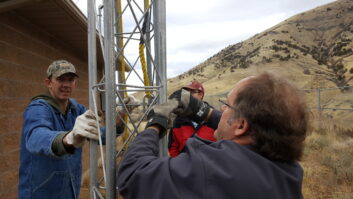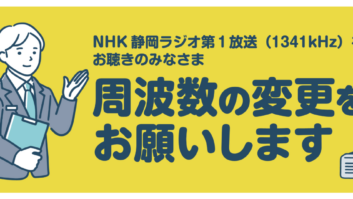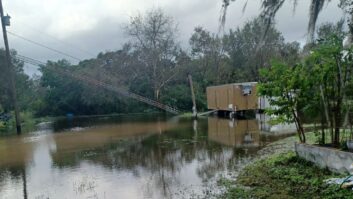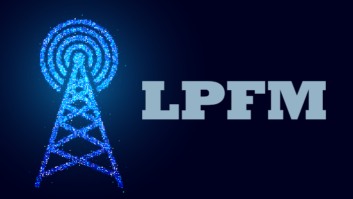The author is CEO and chief engineer of Bouchard Broadcasting Inc. in Woonsocket, R.I. This article is excerpted from the free ebook “Sustainability in Radio.”
Radio World’s editor recently asked readers in a column: “Have you completed an environmental project that helps your company and the environment at the same time?”
My answer is YES.
I am a majority stockholder of Bouchard Broadcasting Inc. and a ham radio operator, W1HQV, gaining my first FCC license in 1953, when I was 14 years old. Before retiring in 1996, I was deputy director of the Rhode Island Emergency Management Agency; then I worked as a reservist in the Planning Section of FEMA and was on-site after disasters such as 9/11 in New York, Hurricane Katrina and a couple dozen other major events.
Bouchard stations WNRI AM and 99.9 FM stepped up to the plate nine years ago and purchased 44 American-made solar panels, which we installed on the roof of our building. We not only helped the environment but also ended up lowering the cost of purchasing electricity for our 2500-watt AM radio station and the nine computers that run 24 hours a day inside our building.
Since we track every single watt of energy we produce (we have such a wattmeter), we can tell you that as Sept. 11, 2024, we have produced from the rooftop of our station 131.98 megawatt hours of electricity that we did not have to purchase from the New England electrical grid.
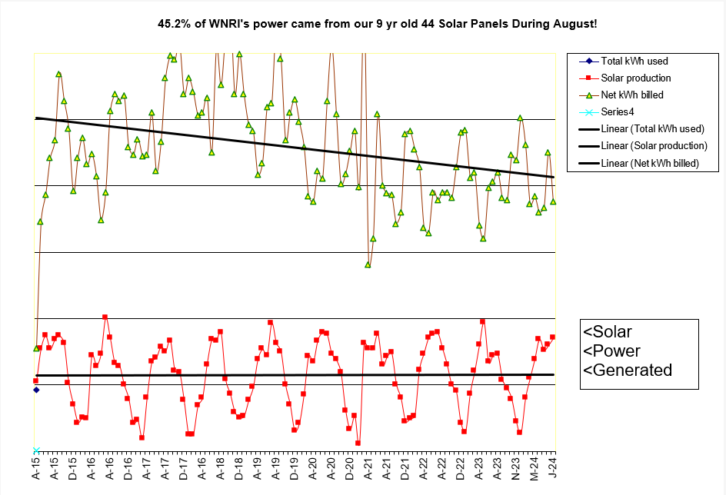
We appreciate what this has done to reduce CO2 emissions from the mostly fossil-fuel power stations that feed the grid from which our supplier buys its electricity. Our system has produced zero CO2 emissions over nine years of perfect performance.
Each month, I personally track the performance of our system; I also track the fact that our costs for electricity remain on a downtrend that has saved us money year after year on our electricity bills. Please view the accompanying chart to see how well it has worked out for us. It contains nine years of data! I learned to track things like this during my many years as a FEMA disaster reservist.
And it all comes from the rooftop, hardly visible to the 15,000 cars a day that pass by our radio station. But thanks to a drone camera, I’ve provided a photo of what it looks like to birds flying above our station.

We spent about $32,000, including a small $8,000 grant from the state of Rhode Island, which encourages such installations. We recovered the entire cost through reduced electric bills within five years, exactly as our solar supplier had forecast.
I love solar. I have four other systems on properties in the state; I have a 27-panel pole-mounted system at a vacation home; and here at our home in Woonsocket, we generally get four to five months of zero electric bills from roof-mounted panels, depending on the number of sunny days.
It’s true that solar is a complex industry, and rules and best practices will vary depending on the state you’re in.
For one of my systems in Rhode Island, I am paid 30 cents per kilowatt hour for the electricity the system produces; this has turned out to be a very good investment. Last month, I took in $279.23 on a personal system I own.
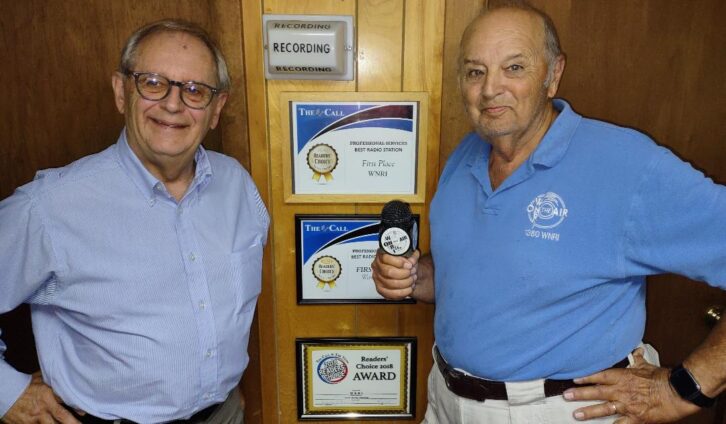
At the radio station, we decided on the “net metering” mechanism through which we get credits, but I think we would have been better off with taking the payments.
It’s always better to own a solar system than to lease, in my opinion. And I would avoid systems that automatically adjust the angle of the panels toward the sun. You get a little more output as the panels track the sunlight, but most of my systems are fixed to an optimal angle as determined by the installer.
As with any project, call in at least three vendors and get their ideas and suggestions. I solicited six vendors for that 27-panel, three-pole system in upstate New York.
In our state you cannot install a system that will produce more than 80% of what you used over the past year, limiting its size. However, panels have become more efficient; a buyer today can buy panels of the same size as mine and get twice the power.
As I said, there’s a lot to this! But our system continues to produce nearly the same amount of electricity year after year. I had expected a downward trend, but so far that is not happening. All it does is reduce our electric bill and requires zero work on our part; it just keeps on ticking, as Timex used to say. We are not aware of any other AM stations that have such a large system in operation for nearly a decade, at least here in New England.
We also installed a custom-built changeable LED sign on the front of our building, and we use LED tower lights and LED lighting inside and outside the entire building.
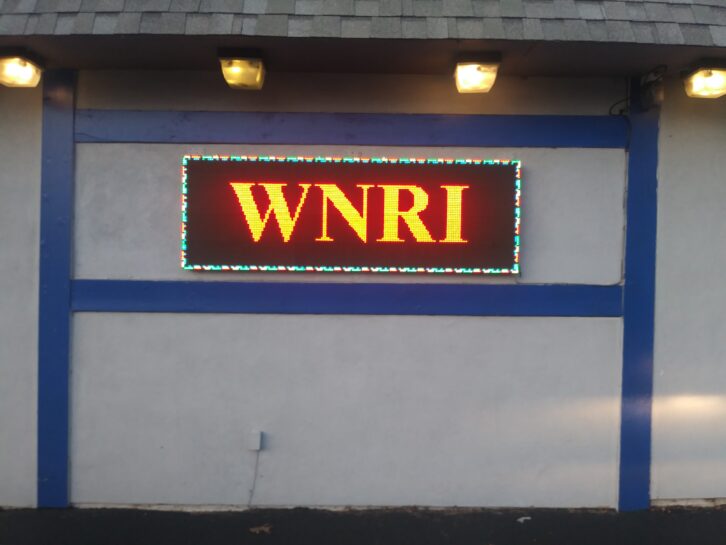
My brother Roger and I are very proud of our family-owned radio station and pleased that you asked about our environmental project.

